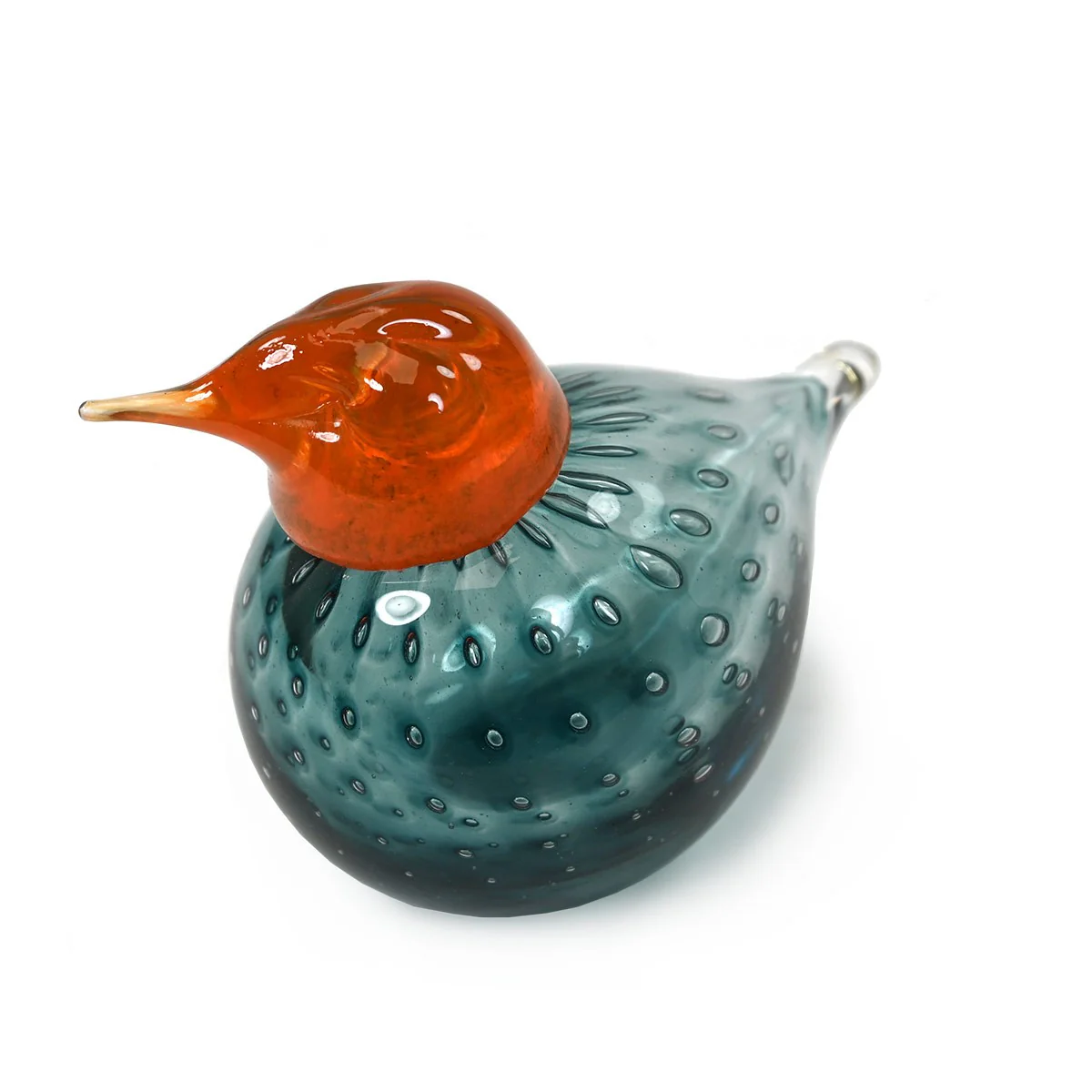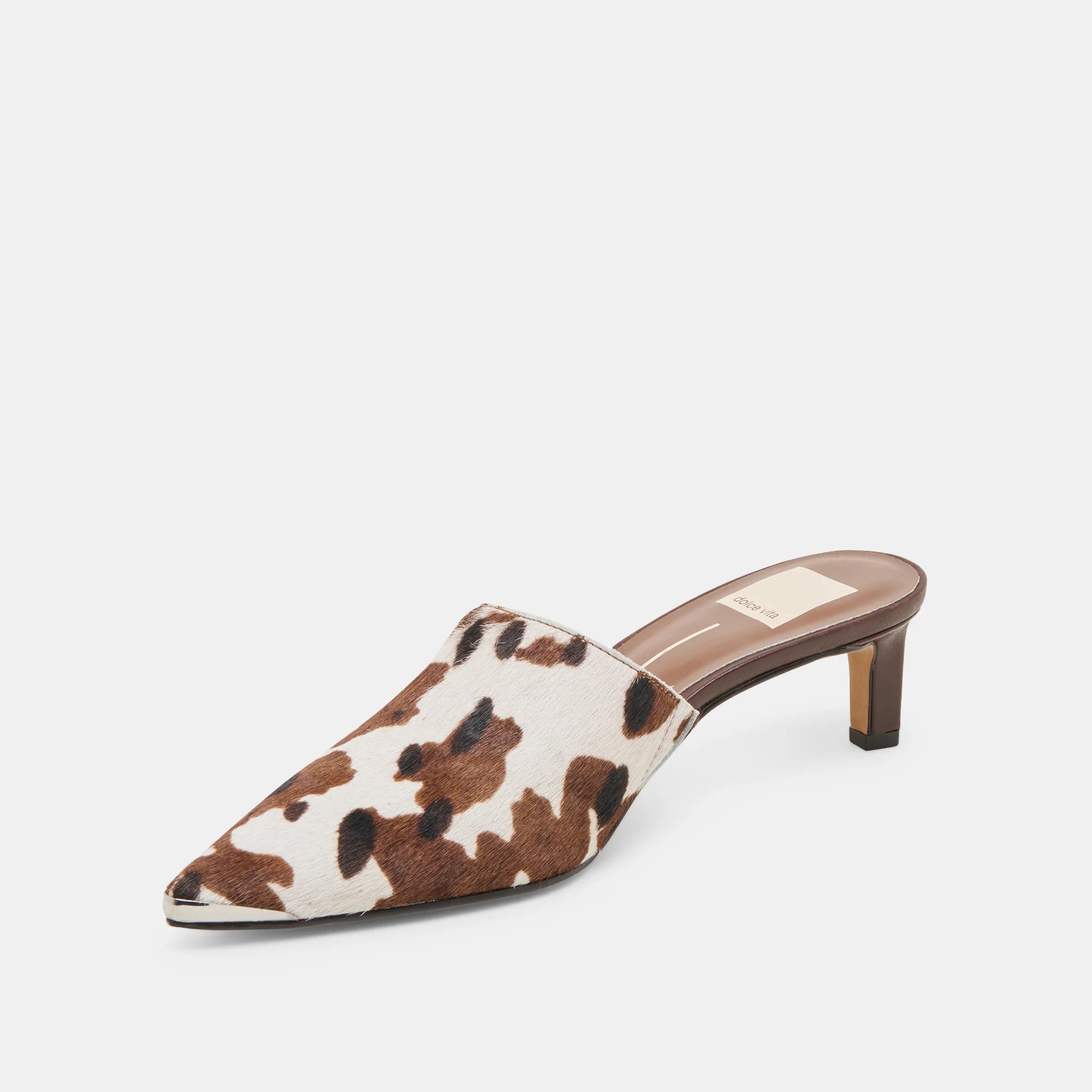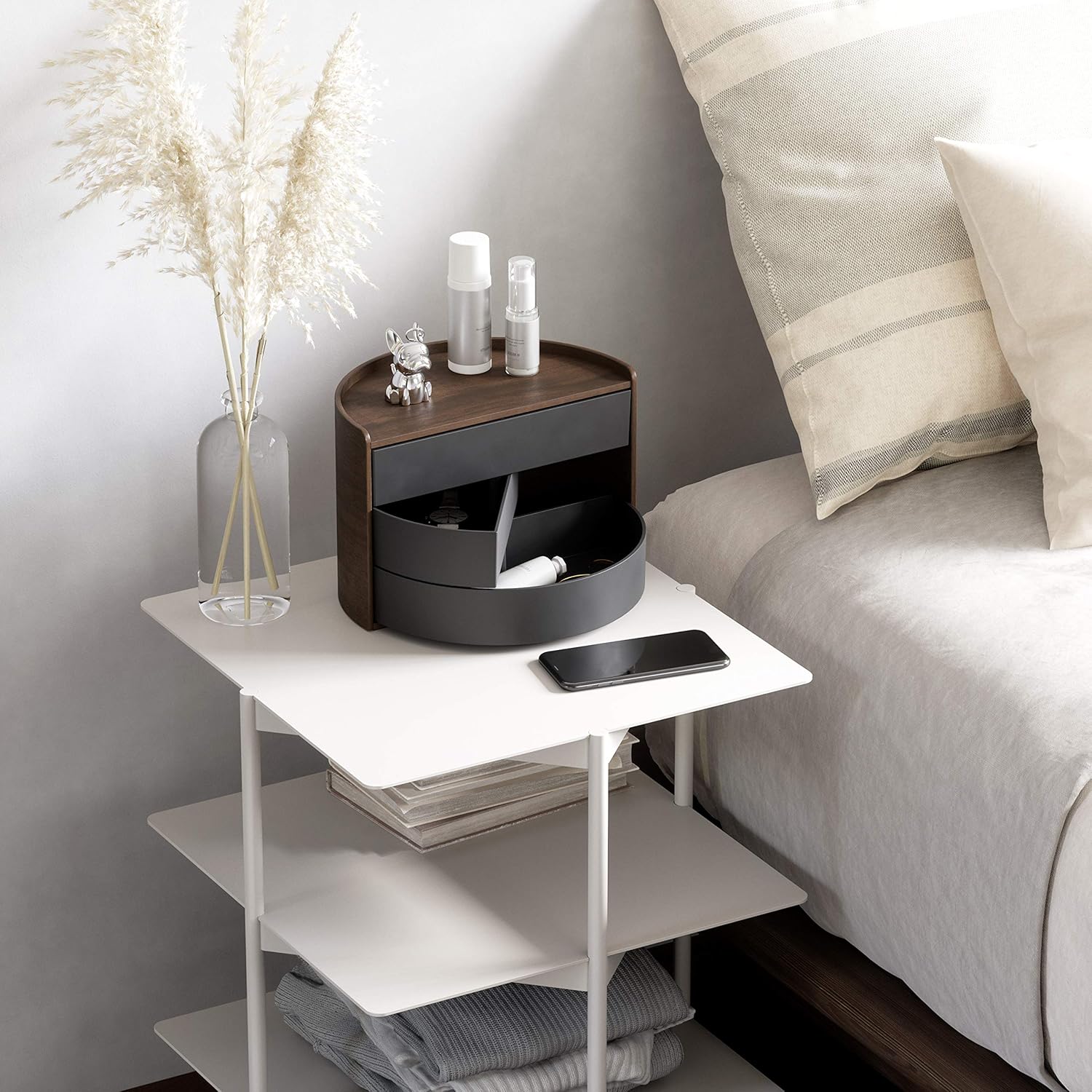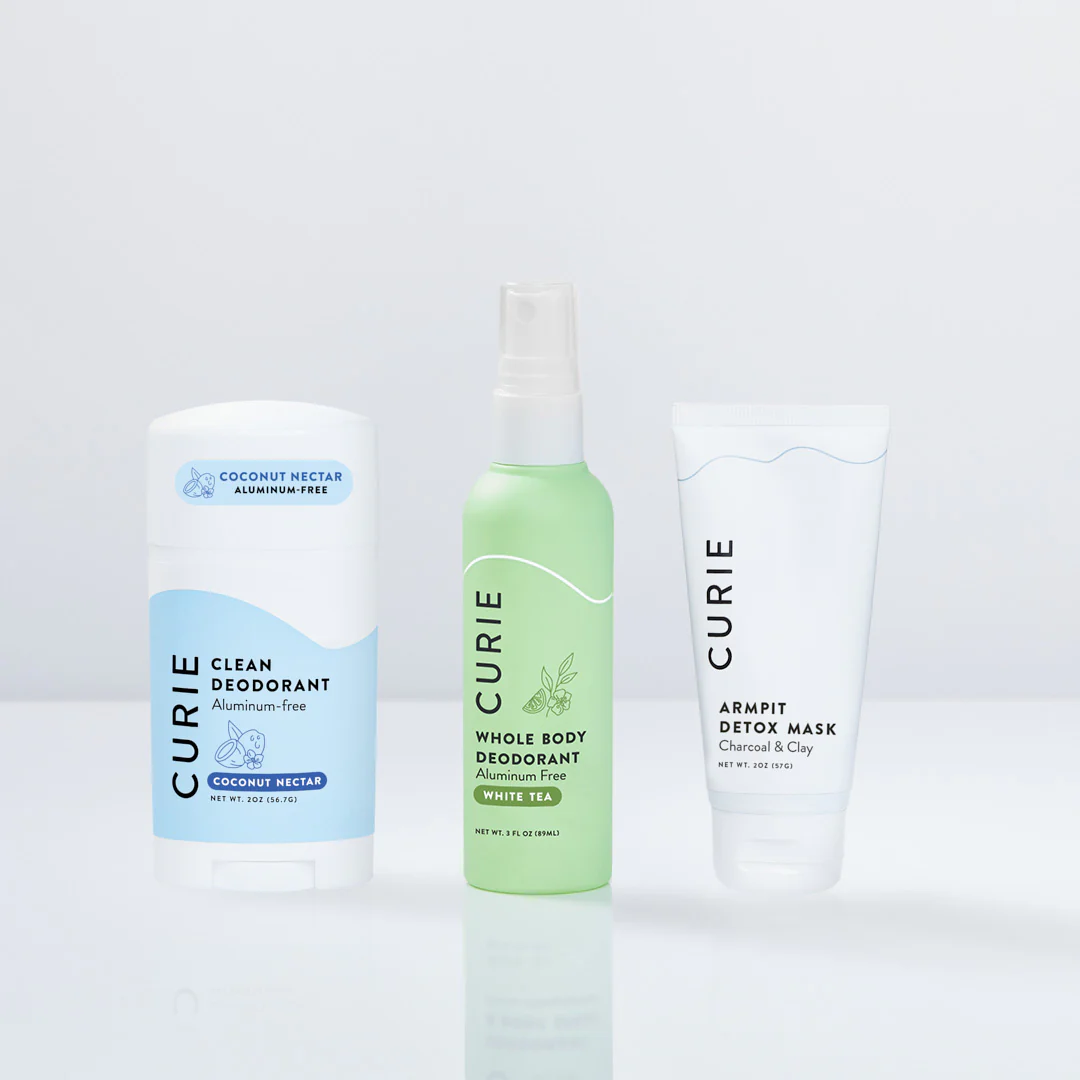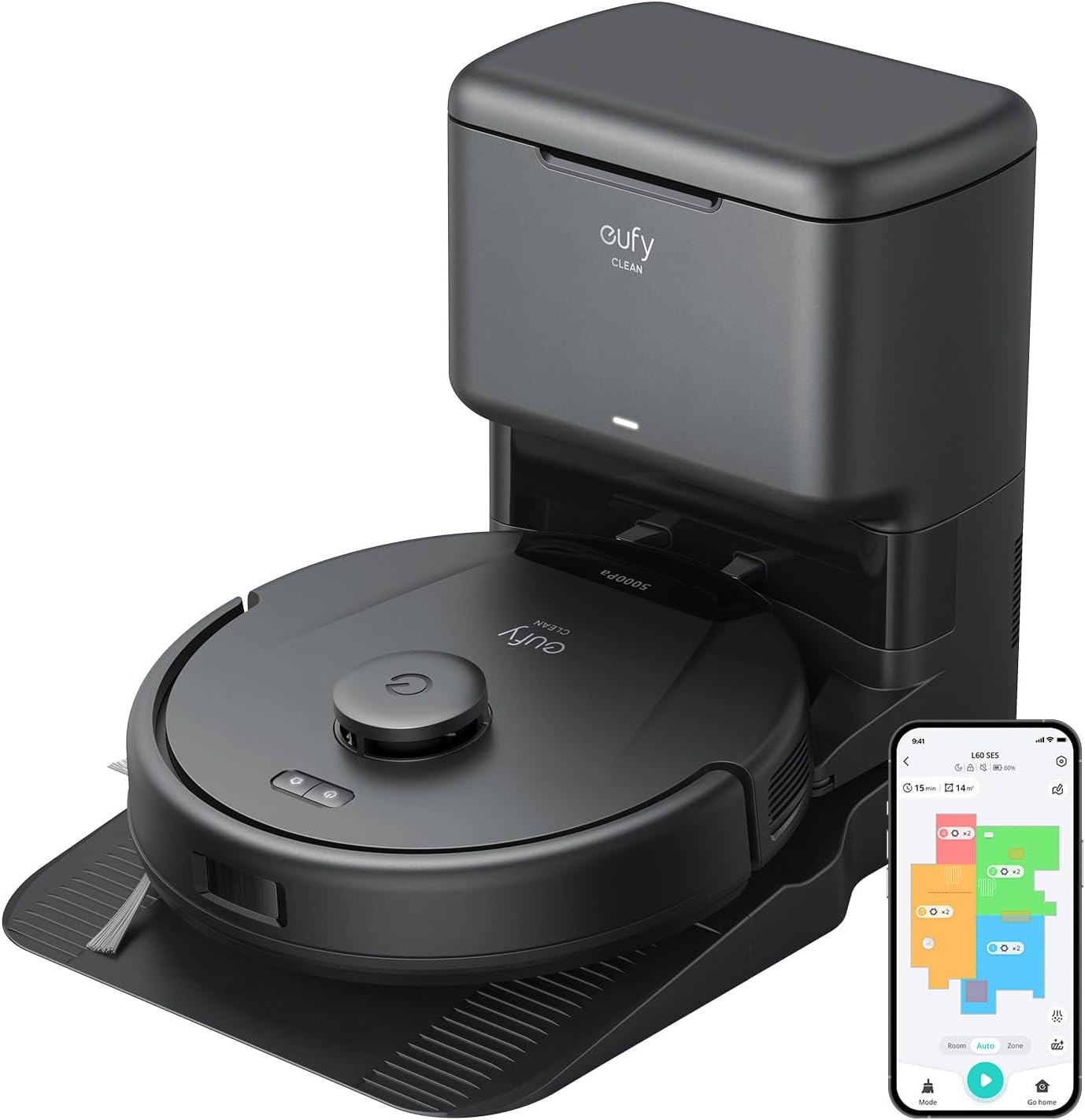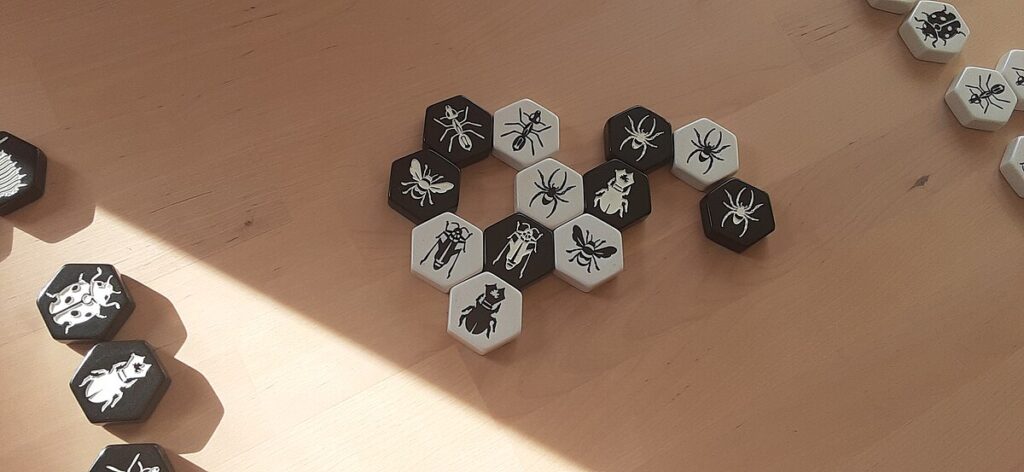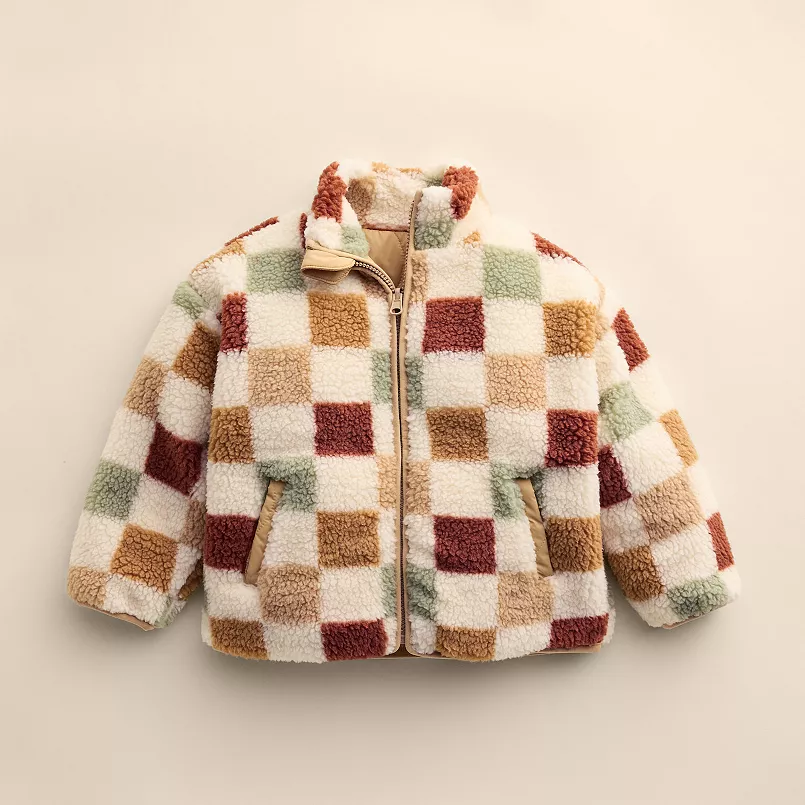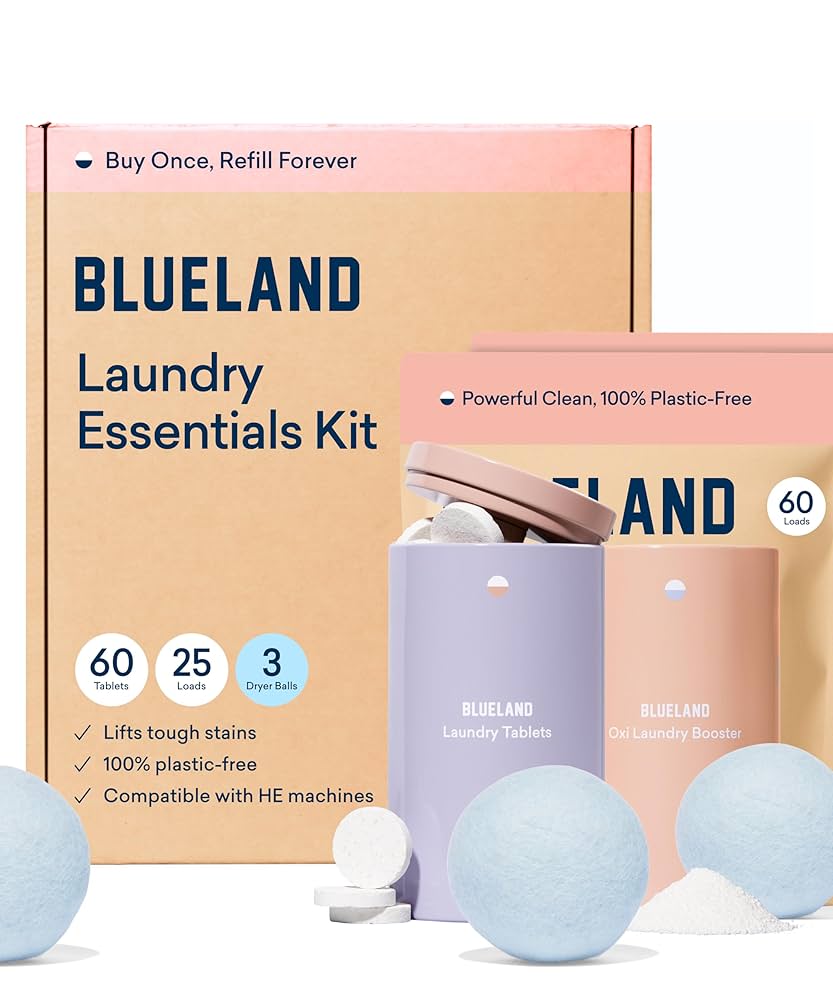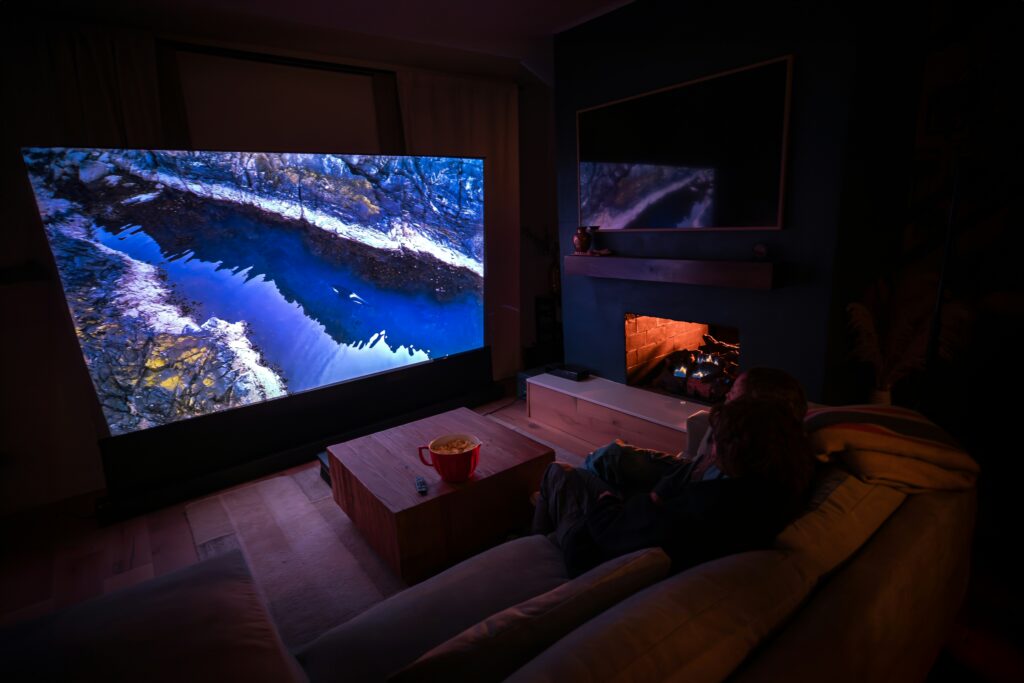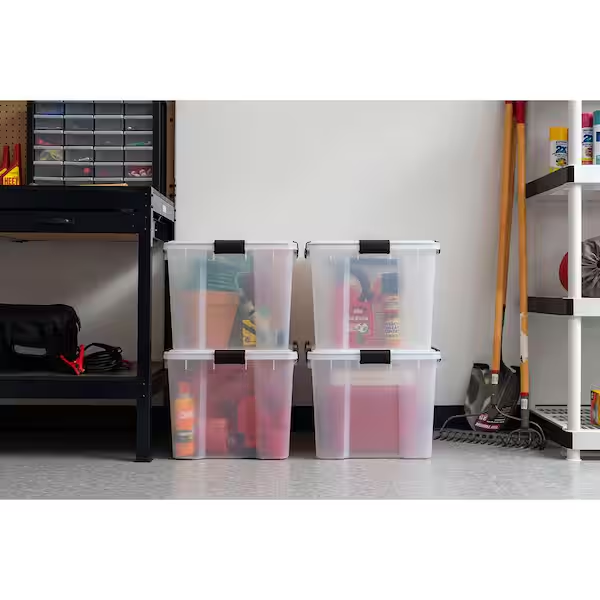Sometimes a room needs just one quiet-but-confident object to feel complete. A sculptural glass bird catches light, adds a burst of color, and tells a story—without bullying the rest of your décor. In this article, we’ll map out how to style the Bianco Blu Limited-Edition Orange Thrush as a focal accent: where to place it, how to light it, which materials amplify its glow, and how to pair it with books, vessels, and textiles in living rooms, bedrooms, entryways, and dining nooks. We’ll also cover dust-safe care and simple seasonal swaps so your bird never feels static.
In this article, you’ll learn: the three best sightline zones for sculptural glass, color strategies that make orange read sophisticated (not loud), surface and backdrop pairings that increase visual contrast, and a few “camera test” tricks to ensure your arrangement looks gorgeous in real life and in photos.
Shop Bianco Blu Limited-Edition Orange Thrush
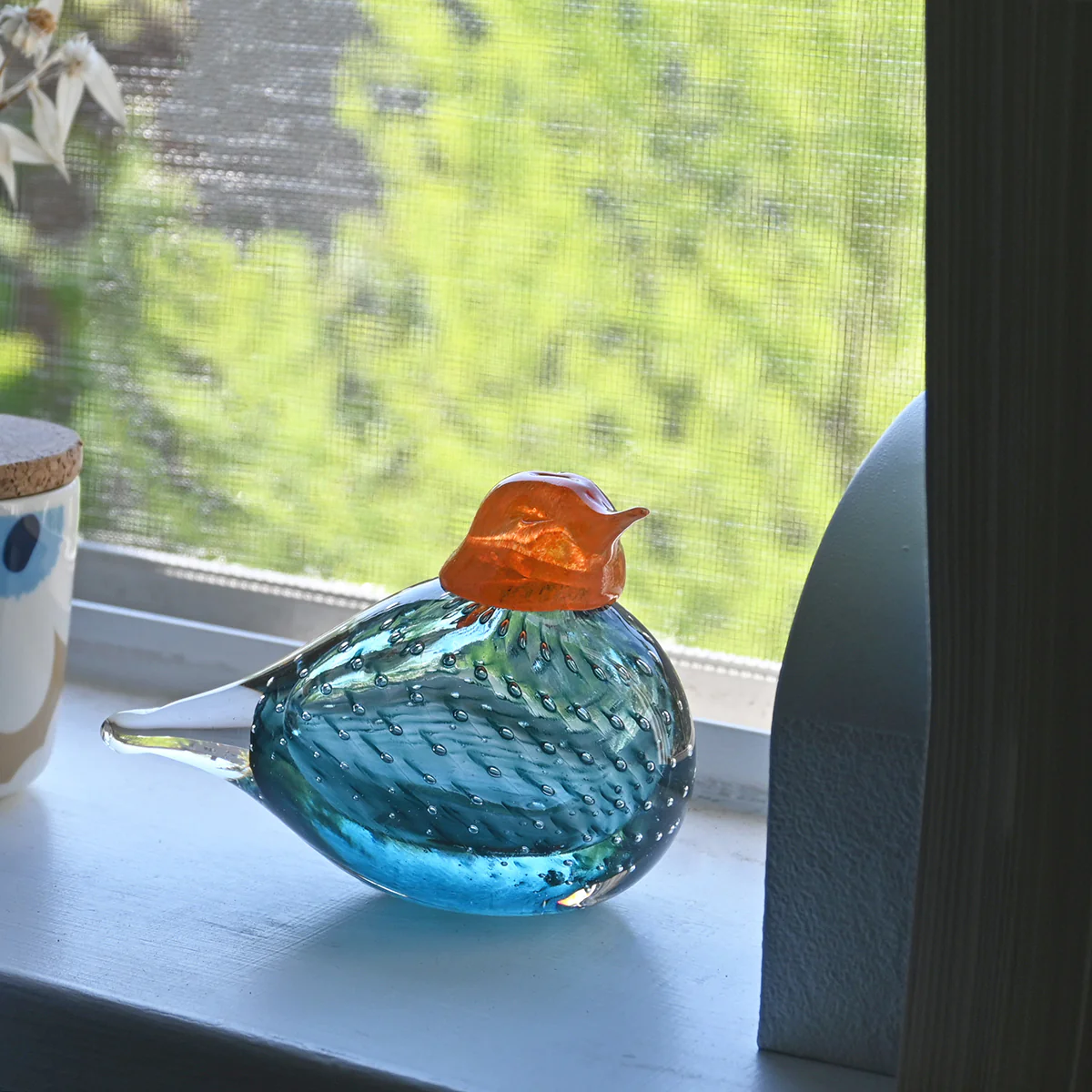
Why a Collectible Glass Bird Works Everywhere
Art glass sits at the intersection of sculpture and light. Unlike matte ceramics, it changes through the day as the sun moves, throwing soft reflections and color onto nearby surfaces. The Bianco Blu Limited-Edition Orange Thrush leverages this beautifully: the warm orange body reads as a natural highlight in daylight and as a cozy ember near evening lamps. Because the silhouette is compact and organic, it can land on narrow shelves, delicate book stacks, or the corner of a console without looking cramped. In minimalist rooms, it becomes the pop; in maximalist rooms, it’s a calm point amid pattern.
Sightline Strategy: Where Your Eye Naturally Lands
To get maximum presence from a small sculpture, place it where the human eye naturally checks for “anchors”:
- Entry Console (waist to chest height): The first and last thing you see when leaving. Set the bird slightly off-center on a stack of two books (spines coordinated to your palette).
- Living Room Shelf, Middle Row: Center shelves feel too formal; the second or third shelf from the top tends to be the sweet spot for relaxed, high-visibility styling.
- Bedroom Dresser, Left Third: Most people scan left to right. Placing the Bianco Blu Limited-Edition Orange Thrush on the left third of a dresser top makes the composition feel intentional and balanced.
If you own a glass-front cabinet, position the bird with 2–3 inches of breathing room on all sides and a darker backdrop (charcoal, walnut, or navy) to intensify its glow.
Color Theory, Minus the Jargon
Orange is comfort and optimism. In design, it plays beautifully with three families:
- Neutrals (bone, greige, charcoal): The bird becomes the room’s warm pulse.
- Blue-Green Opposites (teal, petrol, sage): Classic complementary contrast—think ocean-meets-sunset.
- Analogous Heat (terracotta, ochre, rust): A tone-on-tone palette that feels artisanal and cozy.
If your room is already colorful, pull a micro-match: echo the bird’s orange in a single cushion piped edge or a book spine. If your room is pale and airy, lean into contrast with a deeper wood or dark backdrop behind the bird.
Surfaces & Backdrops That Make Glass Sing
Glass demands texture around it. Pair the Bianco Blu Limited-Edition Orange Thrush with:
- Warm woods (walnut, oak): Organic grain softens glass shine.
- Textiles (bouclé, linen, wool): Add touchable contrast—place a pillow nearby for a subtle echo of softness.
- Matte ceramics: A stoneware vase or tray keeps the vignette from feeling “too glossy.”
Avoid crowding. A small marble tray under the bird creates a defined “stage” and protects wood from micro-scratches. Keep neighboring objects lower or slimmer so the bird’s silhouette reads clearly.
Shop Bianco Blu Limited-Edition Orange Thrush
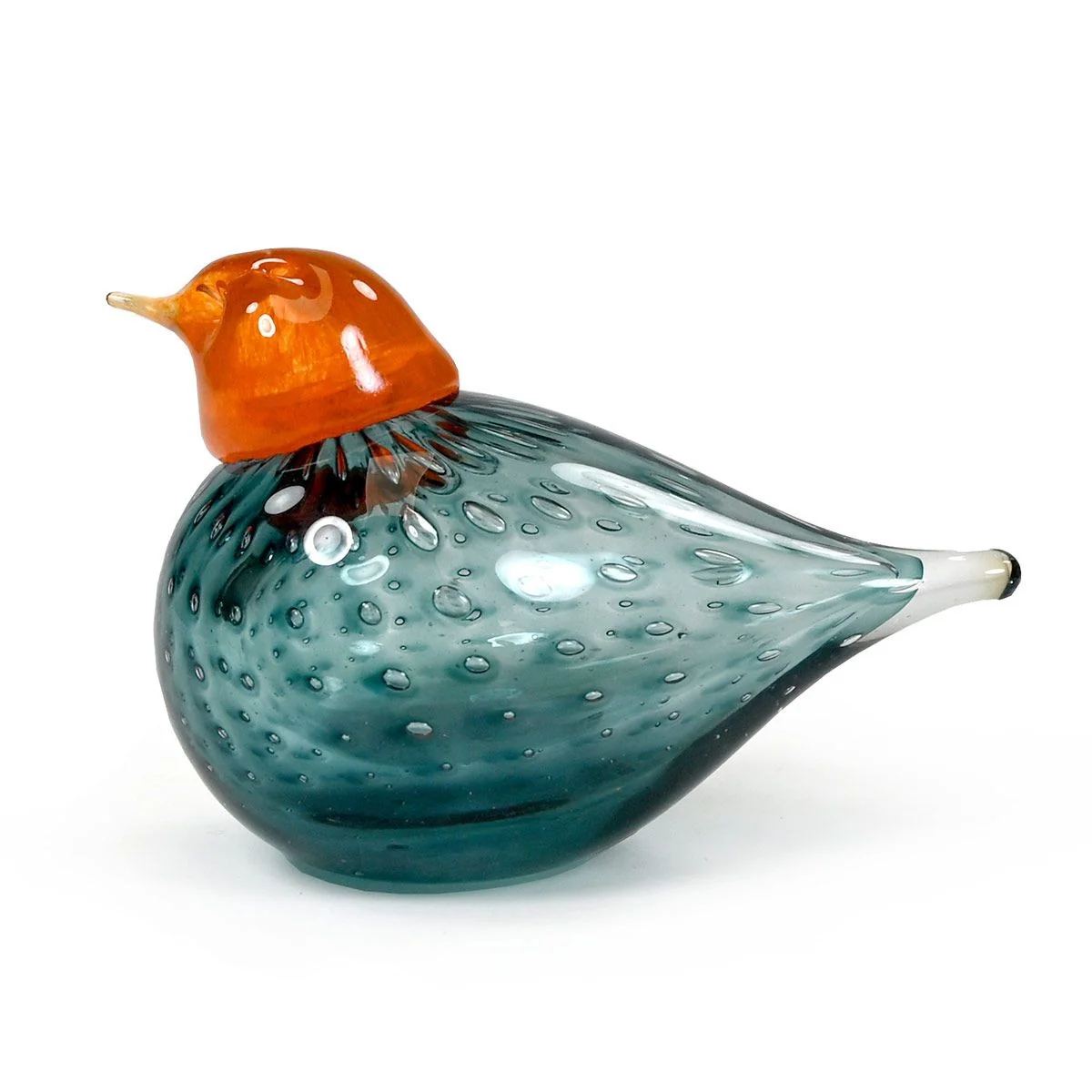
Light It Like an Object, Not a Lamp
You don’t need a spotlight—just thoughtful placement:
- Side Light: Position next to a table lamp so light grazes the glass from the side. This reveals layers and color depth.
- Morning Window: East-facing sills flatter translucent glass; protect from direct, hot midday sun if your summers run intense.
- Under-Shelf Puck: A low-lumen, warm LED makes the bird glow after sunset without glare. Aim for 2700–3000K temperature.
Run the “phone camera test”: take a photo in daylight and again at night with your lamp on. If the bird disappears or blows out, adjust angle/height by an inch or two.
One Hybrid Block (Checklist + Guidance) for Shelf Styling
Use this quick sequence to build a calm, curated vignette around the Bianco Blu Limited-Edition Orange Thrush:
- Start with a base: Tray or two stacked books (one neutral, one textured cloth cover).
- Add height contrast: A slender vase or small branch to one side—taller than the bird, but not dominant.
- Place the bird: Front third of the base, slightly angled toward the room (not parallel to the shelf edge).
- Introduce texture: A small ceramic dish or linen-bound book to balance glass shine.
- Leave air: Maintain a finger-width gap between objects; negative space is part of the design.
- Test from the doorway: If you can read the bird’s silhouette at a glance, you’re done.
Room-by-Room Ideas You Can Copy
Living Room: Center a low-profile coffee table tray. Add the bird, a box of matches, and a petite bud vase. The bird’s orange acts as a micro-sun against grey sofas and black frames.
Dining Nook: Place on a small pedestal on the sideboard with two votives. In evening light, the Bianco Blu Limited-Edition Orange Thrush reflects softly across tableware.
Entryway: Pair with a small catchall dish for keys and an upright book as a backdrop. The scene says “intentional” the second you enter.
Bedroom: On a dresser, echo the orange with a single book spine and keep jewelry dishes nearby. It reads calming, not cluttered.
Home Office: Float it on a shelf over your monitor; glass brings life to tech-heavy setups.
Pairing with Other Accents (and What to Skip)
The bird plays well with natural materials: travertine coasters, cork pinboards, linen shades. It’s also a friend to pattern—plaids, pinstripes, small checks—because its smooth surface counterbalances busy textures. Skip high-gloss competitors right beside it (mirrored boxes, another glossy glass piece of similar size). If you want a second glass item, vary either scale or color to avoid “twins.”
Shop Bianco Blu Limited-Edition Orange Thrush
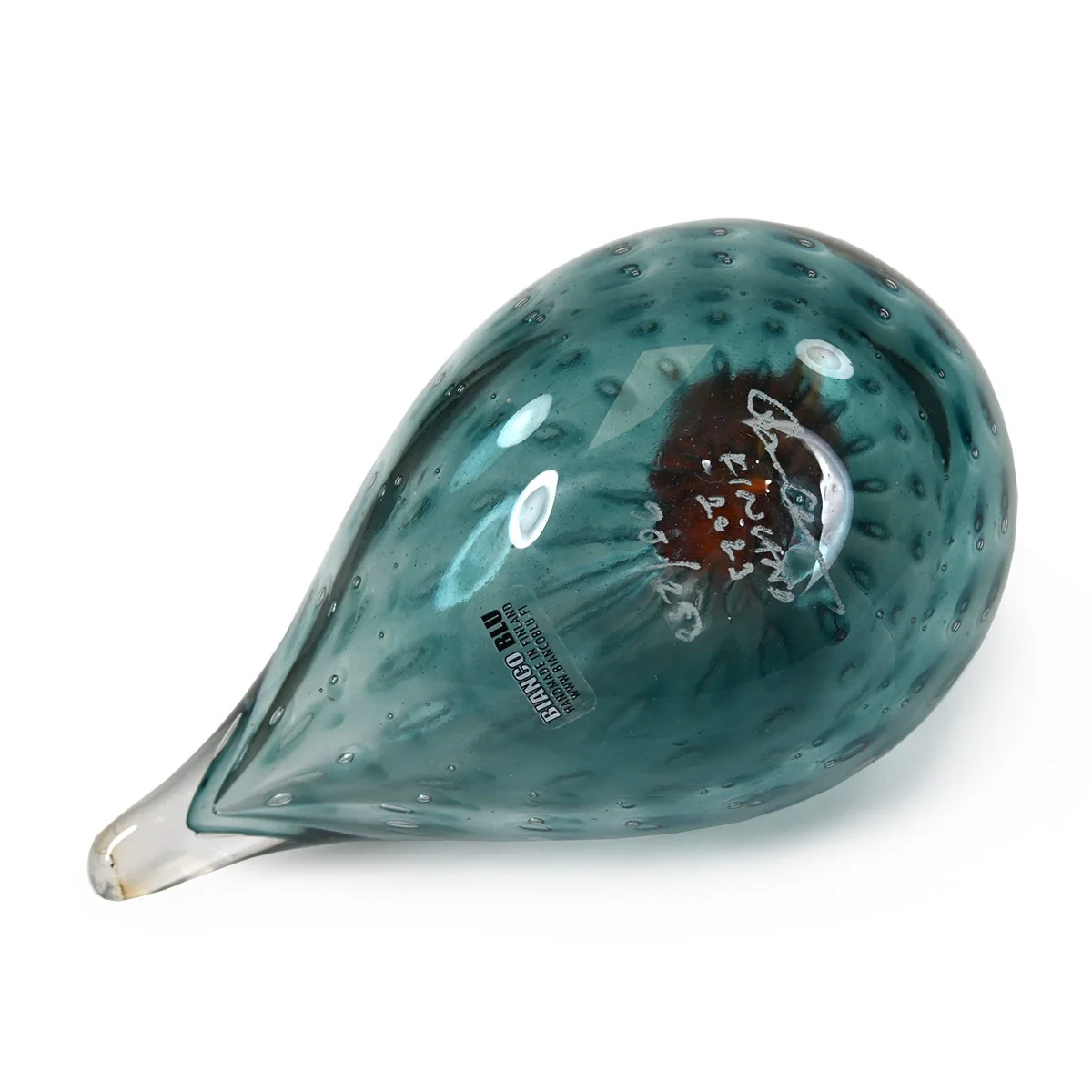
Seasonal Switch-Ups (So It Always Feels Fresh)
- Spring: Pair with a single branch of flowering quince or a tiny bud vase in pale green.
- Summer: Move it near light linens, seagrass baskets, and a bowl of citrus for a sunny palette.
- Autumn: Surround with a stoneware vase and russet leaves; the orange body harmonizes with seasonal tones.
- Winter: Contrast against charcoal wool throws and marble trays; add a candle for glow-on-glow.
Rotate only one or two neighbors each season. The constant—your Bianco Blu Limited-Edition Orange Thrush—anchors the vignette while everything else keeps the story moving.
Care, Safety, and Longevity
Dust is glass’s natural enemy. A quick pass with a soft, lint-free cloth once a week keeps clarity high. Avoid paper towels (micro-scratches) and harsh sprays (streaks). If you live with kids or pets, place the bird on a stable base (tray with silicone feet) or in a glass-door cabinet at adult eye level. For open shelving near busy zones, a museum putty dot beneath the base adds peace of mind without marring surfaces.
Mix It with Textiles (Subtle Echoes, Big Payoff)
If you’re updating cushions or throws, a single stripe or plaid that carries a thread of orange will make the bird feel predestined for the room. Keep pattern scale in check: one bold pattern + one micro-pattern + one solid. A lumbar pillow in heathered greys with a thin orange line is often enough to “click” the palette together.
Photography-Ready Styling (For Listings, Reels, or Memory)
- Shoot at 45°: Slightly diagonal to the bird’s axis shows dimensionality.
- Use natural light: Late morning is ideal; avoid overhead spots that blow out reflections.
- Include negative space: Let a third of the frame breathe; collectors’ objects look most valuable with air around them.
- Tell a story: Include a hand placing a flower or book; lifestyle context makes the sculpture feel lived-in, not sterile.
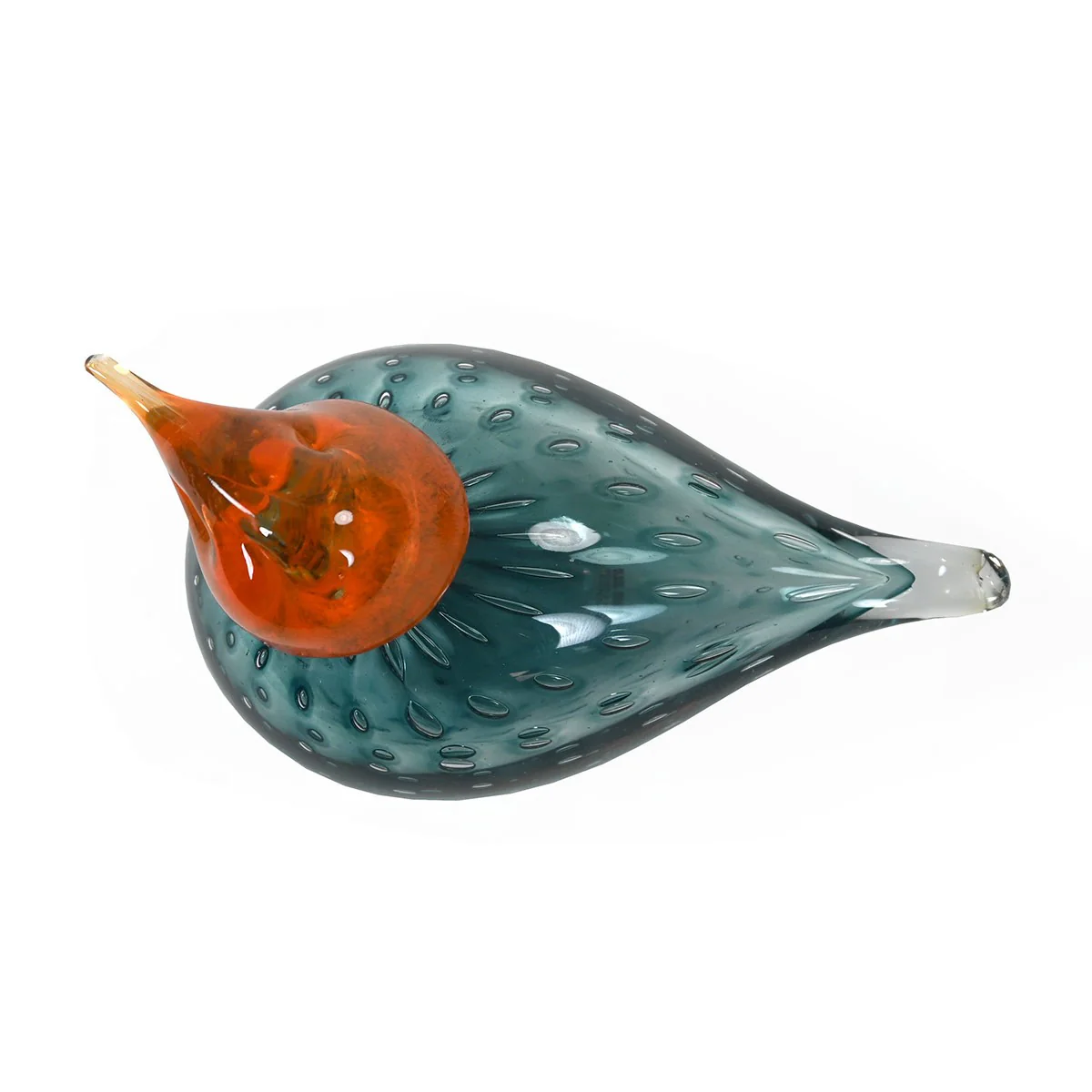
Conclusion
A small sculpture can have an outsized calming effect on a room. The secret is not just owning a beautiful piece; it’s giving it the right neighbors, light, and space. The Bianco Blu Limited-Edition Orange Thrush thrives when paired with texture (linen, wood, stone), balanced with a taller companion, and placed within a natural sightline—entry console, middle shelf, or dresser left third. Treat light as part of the design, rotate a detail or two each season, and keep care simple. Do that, and your bird won’t just decorate your home; it will center it—quietly, confidently, every day.
Shop Bianco Blu Limited-Edition Orange Thrush
FAQ
- What’s the best height for displaying a small glass sculpture?
Aim for waist-to-chest height on consoles or mid-shelf height in bookcases; these sightlines give maximum day-to-day visibility without feeling museum-stiff. - How do I keep it from looking “too orange” in a neutral room?
Add one or two micro-echoes—a book spine, a thin stripe on a pillow—so the color feels integrated, not random. - Will glass compete with my glossy surfaces?
Not if you add texture. Pair the Bianco Blu Limited-Edition Orange Thrush with linen, wool, or matte ceramics to balance shine. - Can it live near a window?
Yes—east light is ideal. Avoid harsh midday sun in hot climates; if needed, shift it a few inches back from direct rays. - How much space should I leave around it?
At least a finger-width on trays and a couple of inches on shelves. Negative space helps the silhouette read clearly. - What if I have kids or cats?
Use a tray with silicone feet or a dab of museum putty under the base. Consider a glass-door cabinet for high-traffic areas. - What two items pair best for a quick vignette?
A linen-bound book stack and a matte stoneware bud vase. The trio—book, vase, bird—feels complete with minimal effort. - How often should I clean it—and with what?
Weekly dust with a soft, lint-free cloth. Skip harsh sprays; if needed, breathe lightly on the surface and buff to a streak-free shine.

